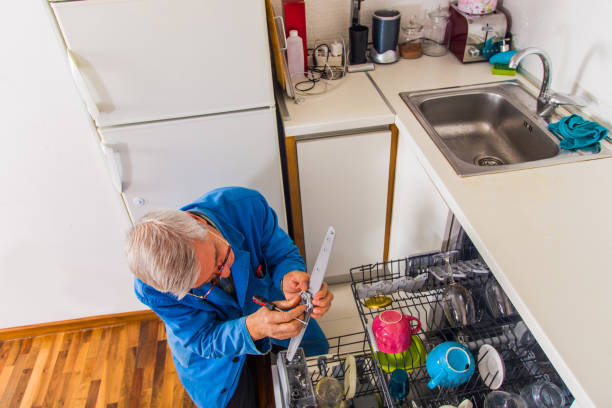
The dishwasher, like all appliances, can malfunction. Some breakdowns can be resolved easily by your own efforts, others require a visit to a service center.
If the dishwasher won’t start, first carry out a diagnostic check:
Visual inspection – note the integrity of the cables and plugs. Make sure that the cord is plugged into the appliance and that the plug fits snugly into the socket.
Check the power supply – there is often insufficient voltage at the sockets to operate the appliance. Voltage fluctuations occur because of heavy loads on the power grid from appliances or because of faulty wiring. You can check this with a multimeter.
The door is not closed properly. The water tap is blocked.
If the machine is equipped with a self-diagnosis function, use it. The software will perform a test and detect faults if any are present.
Causes for the dishwasher not to switch on
- the power cable is damaged
- The fuse is blown
- Broken door lock
- The “Start” button does not work
- The program unit is defective
- The motor and the relay have burned out
- The leakage protection system has been triggered
- The circulation pump has malfunctioned